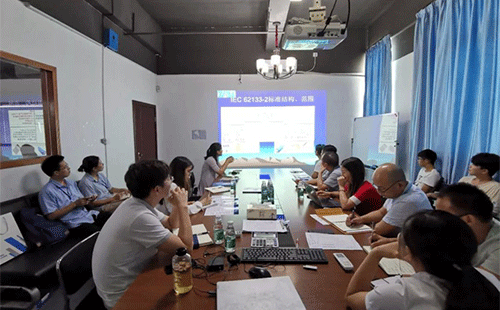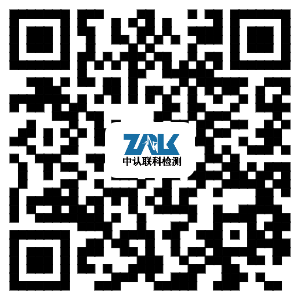Basic requirements for lithium battery transportation
(1) Lithium batteries and lithium battery packs are classified as Category 9 dangerous goods;
(2) All lithium batteries (groups) must pass the UN38.3 test;
(3) Exception clauses are provided for the transportation of lithium batteries of certain category 9 dangerous goods;
(4) Strict restrictions on the transportation of samples;
(5) Restrictions on daily-use lithium batteries carried by passengers;
(6) All defective batteries or damaged batteries are prohibited from transportation.
Lithium battery transportation packaging and air and sea transportation requirements
1. Packaging requirements and document requirements
(1) Without considering exceptions, these batteries must be transported in compliance with the rules (packing instructions applicable to DGR 4.2). They must be packed in the UN specification packaging specified by the DGR Dangerous Goods Regulations according to the applicable packaging instructions, and the corresponding numbers should be displayed on the packaging completely.
(2) The packaging that meets the requirements must be affixed with Category 9 hazard labels in addition to the applicable correct transportation name and UN number.
(3) The shipper must fill in the dangerous goods declaration form and provide the corresponding dangerous package certificate.
Provide a transportation appraisal report issued by a certified third organization, and show that it is a product that meets the standard (including UN38.3 test, 1.2m drop packaging test).
2. Requirements for air transportation of lithium batteries
(1) The pool must pass the UN 38.3 test requirements and the 1.2-meter drop packaging test;
(2) The dangerous goods declaration document provided by the shipper is marked with UN number;
(3) The outer packaging must be affixed with a 9-category dangerous goods label and an operation label of "only for all cargo aircraft transportation";
(4) Its design should ensure that it prevents bursting under normal transportation conditions, and is equipped with effective measures to prevent external short circuits;
(5) The strong outer packaging, the battery should be protected to prevent short circuit, in the same packaging should prevent contact with conductive materials that can cause short circuit.
(6) Additional requirements for battery installation and transportation in equipment:
The equipment should be fixed to prevent the battery from moving in the packaging, and the packaging method should prevent the battery from accidentally starting during transportation. The outer packaging should be waterproof, or by using an inner lining (such as a plastic bag) to achieve waterproof, unless the structural features of the device itself already have waterproof characteristics.
(7) Lithium batteries should be loaded on pallets to avoid strong vibration during handling, and all vertical and horizontal sides of the pallet should be protected by corner guards;
(8) The weight of a single package is less than 35 kgs;
(9) Attention to airline operations:
1. Only for all-cargo aircraft transportation
2. The air transport information of lithium batteries appears on the captain's notice
3. Enhance crew awareness and decision-making in emergency situations may change accordingly
4. Inform the first attendee of the type and quantity of batteries in the cargo compartment
The US FAA requires that lithium batteries should be loaded in the cargo compartment of the aircraft with a class C cargo compartment. The cargo compartment must have a smoke detection system, an alarm system, and a fire extinguishing system.
3. Shipping requirements for lithium batteries
(1) The battery must pass the UN 38.3 test requirements and the 1.2-meter drop packaging test;
(2) The outer packaging must be affixed with the label of category 9 dangerous goods, marked with the UN number;
(3) Its design can ensure the prevention of bursting under normal transportation conditions, and is equipped with effective measures to prevent external short circuits;
(4) Strong outer packaging, the battery should be protected to prevent short circuit, and in the same packaging, it should be prevented from contacting with conductive materials that can cause short circuit;
(5) Additional requirements for battery installation and transportation in equipment:
The equipment should be fixed to prevent it from moving in the packaging, and the packaging method should prevent accidental activation during transportation. The outer packaging should be waterproof, or by using an inner lining (such as a plastic bag) to achieve waterproof, unless the structural features of the device itself already have waterproof characteristics.
(6) Lithium batteries should be loaded on pallets to avoid strong vibration during the handling process, and the vertical and horizontal sides of the pallets should be protected by corner guards;
(7) The lithium battery loaded in the container must be reinforced, and the reinforcement method and strength should meet the requirements of the importing country
ZRLK has focused on testing and certification of batteries and peripheral consumer products for 15 years, always paying attention to changes in national regulations, and providing customers with one-stop certification services in multiple countries and regions to ensure that your products quickly enter the target market. If you have requirements for lithium battery UN 38.3 testing and certification, you can call ZRLK to inquire about related services.














